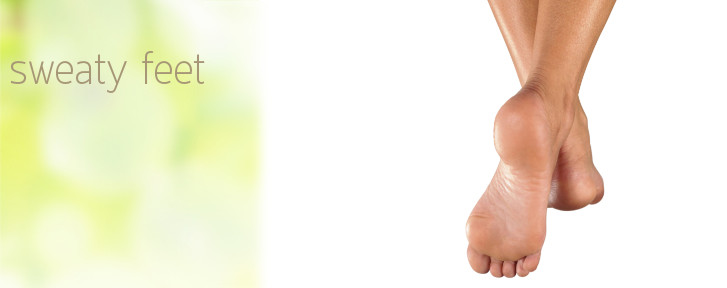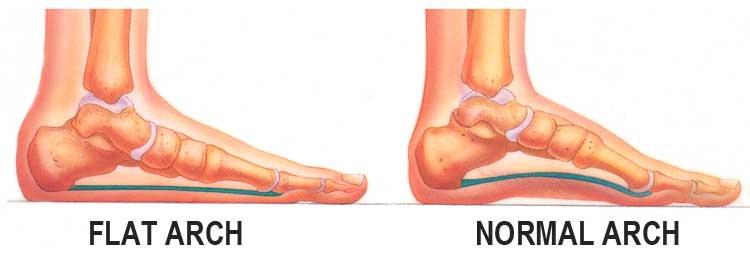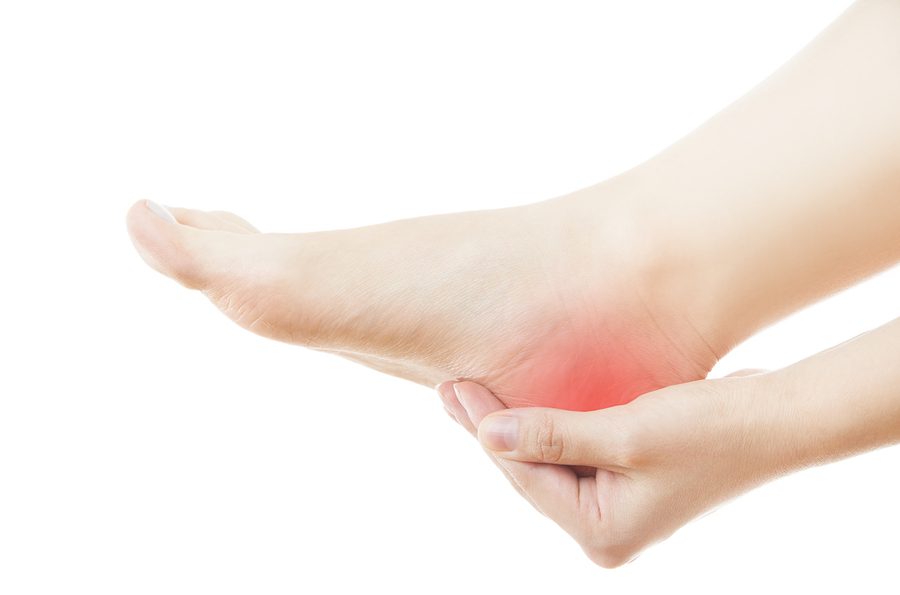Ingrown Toenails – Causes, Symptoms and Remedies
What is Ingrown Toenails? The medical term for ingrown toenails is onychocryptosis. It is a condition that can affect any of our toenails but the most usual area is the big toe. It is a painful manifestation of the nail to grow deep inside our skin and pierce through the tissues. Redness and swelling are the symptoms of it. It can become severe in cases where it may form a boil and to generate puss. Ingrown toenails are most common among adults. It rarely affects children. Athletes suffer quite frequently from ingrown toenails. Possible Causes of Ingrown Toenails • A pre existing fungal infection on the toes and cause the nails to grow abruptly without a proper shape. • Ingrown toenails can be a persistent problem in a particular family. Basically it depends on the shape of your nails. The more round it is, the greater the risk. • A pre existing or repetitive injury on the toenail will eventually make it thick. This type of injury is common amongst sports persons. • Wearing very tight shoes will put an abnormally high pressure on the nails, causing them to grow erratically. • Lastly factors like how we trim our nails, how we maintain our feet hygiene, the types of shoes we wear, all these can be triggers for the growth of ingrown toenails. Treatment of Ingrown Toenails • The treatment for the problem varies according to its severity. If the wound is minor it can be easily treated at home. • Soak your feet in a mixture of warm water with vinegar or Epsom salts daily for 10 mins. Maintain foot hygiene. Trim your nails from time to time but remember not to cut them too short. • However if the ingrown nails forms a fungal infection with puss formation then it is advised to visit our clinic HSMC. Upon examining the condition, it is possible that our podiatrist may suggest for a small surgery. The surgery will basically be to clean up the wound, elevate and cut off the ingrown and a dressing afterwards. Antibiotics are also prescribed generally. With the permission of the doctor, it is ok to take mild painkillers to get relief from excessive pain.
Ingrown Toenails – Causes, Symptoms and Remedies Read More »






